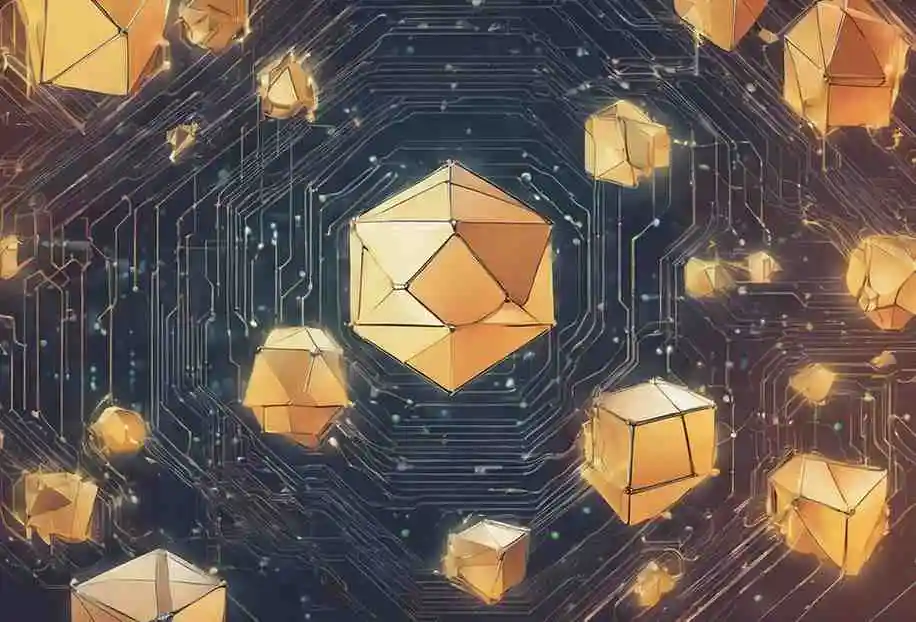Next-Gen Blockchain Protocols: Revolutionizing the Future of Decentralization
Blockchain technology is at the forefront of digital innovation, with next-gen blockchain protocols setting the stage for unprecedented growth and development in decentralized systems. As industries from finance to healthcare embrace blockchain, scalability, speed, and security are critical for mainstream adoption. Next-gen blockchain protocols are solving these challenges, making the technology more efficient, accessible, and eco-friendly.
What are Next-Gen Blockchain Protocols?
Next-gen blockchain protocols are an evolution of earlier blockchains like Bitcoin and Ethereum. These new protocols focus on overcoming the limitations of first- and second-generation blockchains, such as slow transaction speeds, high energy consumption, and limited scalability. By introducing advanced consensus mechanisms and new layers of functionality, these protocols aim to make blockchain more adaptable for real-world applications.
Key Features of Next-Gen Blockchain Protocols
- Scalability Improvements
One of the biggest challenges for earlier blockchains is scalability. Next-gen protocols are introducing solutions like sharding, sidechains, and Layer 2 scaling to significantly boost transaction throughput. For instance, Ethereum 2.0 is leveraging Proof of Stake (PoS) and sharding to enhance its network capacity while maintaining decentralization. - Energy Efficiency
Traditional blockchains like Bitcoin are known for their energy-intensive Proof of Work (PoW) consensus mechanism. Next-gen protocols are adopting more eco-friendly alternatives like Proof of Stake (PoS) and Delegated Proof of Stake (DPoS), which drastically reduce energy consumption while ensuring network security. - Interoperability
Many next-gen protocols focus on cross-chain interoperability, allowing different blockchains to communicate and share information seamlessly. This innovation is essential for a more connected and efficient blockchain ecosystem, where digital assets can move freely between networks. - Security Enhancements
Security remains a top priority for blockchain adoption. Next-gen protocols implement advanced cryptography and zero-knowledge proofs (ZKPs) to ensure that data on the blockchain is secure, private, and tamper-proof without sacrificing transparency. - Governance Models
Decentralized governance is a key feature in next-gen protocols, allowing token holders to participate in decision-making processes. This governance model creates a more democratic and transparent blockchain ecosystem where users have a direct influence on protocol upgrades and future developments.
Examples of Next-Gen Blockchain Protocols
- Polkadot
Polkadot is a next-gen blockchain protocol that focuses on interoperability and scalability. Through its unique parachain technology, it allows different blockchains to operate independently while sharing security and governance across a single network. - Cardano
Cardano uses a scientifically rigorous approach to blockchain development, prioritizing scalability, security, and sustainability. Its Ouroboros Proof of Stake consensus protocol is energy-efficient and offers high throughput, making it ideal for decentralized applications (dApps). - Avalanche
Avalanche is known for its consensus mechanism that can confirm transactions in under a second. It supports high throughput and is highly scalable, making it one of the most advanced blockchains in the market today. - Solana
Solana’s Proof of History (PoH) protocol is a breakthrough in blockchain scalability. It enables high-speed transactions with lower fees, making it suitable for decentralized finance (DeFi) and other high-demand applications.
The Future of Blockchain with Next-Gen Protocols
As blockchain technology matures, next-gen blockchain protocols will continue to drive innovation in decentralized applications, finance, and beyond. These protocols will create a foundation for more scalable, secure, and energy-efficient networks, paving the way for broader adoption across industries. Whether it’s through improved transaction speeds, energy savings, or better interoperability, these new blockchain models are set to revolutionize the way we interact with digital assets and decentralized technologies.
Conclusion
Next-gen blockchain protocols represent the future of blockchain technology, addressing key limitations while offering powerful features for scalability, security, and sustainability. With the rise of platforms like Polkadot, Cardano, and Solana, the blockchain landscape is evolving rapidly. As these protocols continue to innovate, businesses and individuals alike will benefit from faster, more secure, and energy-efficient decentralized solutions.
By staying updated on the latest blockchain trends, individuals and businesses can harness the power of next-gen protocols to stay ahead in the world of blockchain innovations.
Keywords: next-gen blockchain protocols, blockchain scalability, energy-efficient blockchain, interoperability, decentralized governance, blockchain security, Polkadot, Cardano, Solana, Avalanche, blockchain trends,
blockchain innovations.
FAQs of Next-Gen Blockchain Protocols
What is the next evolution of blockchain?
The next evolution of blockchain involves advanced scalability, improved security, and energy-efficient consensus mechanisms like Proof of Stake (PoS). Emerging technologies, such as Layer 2 solutions, cross-chain interoperability, and decentralized governance, are also key features of this evolution.
What is the future of decentralization?
The future of decentralization lies in empowering users by removing centralized control and allowing direct peer-to-peer interactions. This will enable decentralized finance (DeFi), governance, and services, making industries more transparent, secure, and efficient.
What are the latest blockchain protocols?
Some of the latest blockchain protocols include Polkadot (focused on interoperability), Cardano (emphasizing sustainability and scalability), Avalanche (known for fast transactions), and Solana (high-speed, low-cost transactions with its Proof of History).
What is decentralization in blockchain?
Decentralization in blockchain refers to a system where control and decision-making are distributed across a network of nodes rather than relying on a central authority. This structure enhances security, transparency, and user control over data and assets.
